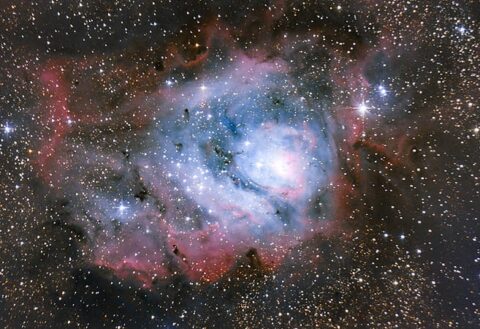Your cookie choices
Cookies are little files that we save on your device to remember your preferences. We use necessary cookies to make our site work. You may choose to use optional cookies to help us improve your experience, to personalise what you see and to set your social marketing preferences.
The technical storage or access is strictly necessary for the legitimate purpose of enabling the use of a specific service explicitly requested by the subscriber or user, or for the sole purpose of carrying out the transmission of a communication over an electronic communications network.
The technical storage or access is necessary for the legitimate purpose of storing preferences that are not requested by the subscriber or user.
The technical storage or access that is used exclusively for statistical purposes.
The technical storage or access that is used exclusively for anonymous statistical purposes. Without a subpoena, voluntary compliance on the part of your Internet Service Provider, or additional records from a third party, information stored or retrieved for this purpose alone cannot usually be used to identify you.
Social and marketing cookies do things like measure how you view media content on our website using third-party services. They might improve the relevancy of advertising that you see on those third-party services and on social apps

